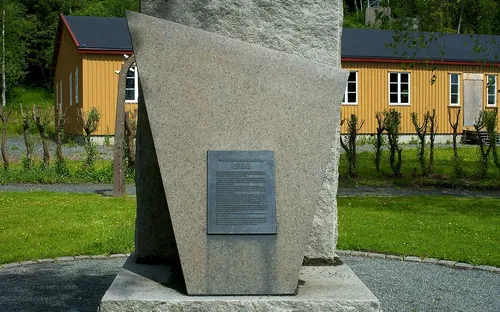Grini detention camp and its collection
Grini, originally built in 1939, was a Nazi concentration camp located in Bærum, a suburb southwest of Oslo, Norway. Initially intended as a women's prison, it was repurposed on May 2, 1940, to serve as a camp primarily for Norwegian political prisoners. This historical site provides a glimpse into the grim realities of World War II and the Nazi occupation of Norway.
Grini during the War
During World War II, Grini served as the largest prisoner camp in Norway. Starting from 1941, it primarily held political prisoners from across the country. By the end of the war, the camp had temporarily incarcerated and registered a total of 19,788 prisoners. Of these, 3,402 were deported to prisons and concentration camps in Germany and other German-occupied areas. This historical site stands as a testament to the scale and severity of the Nazi regime's actions during the war.
History & Anthropology War Historic house















